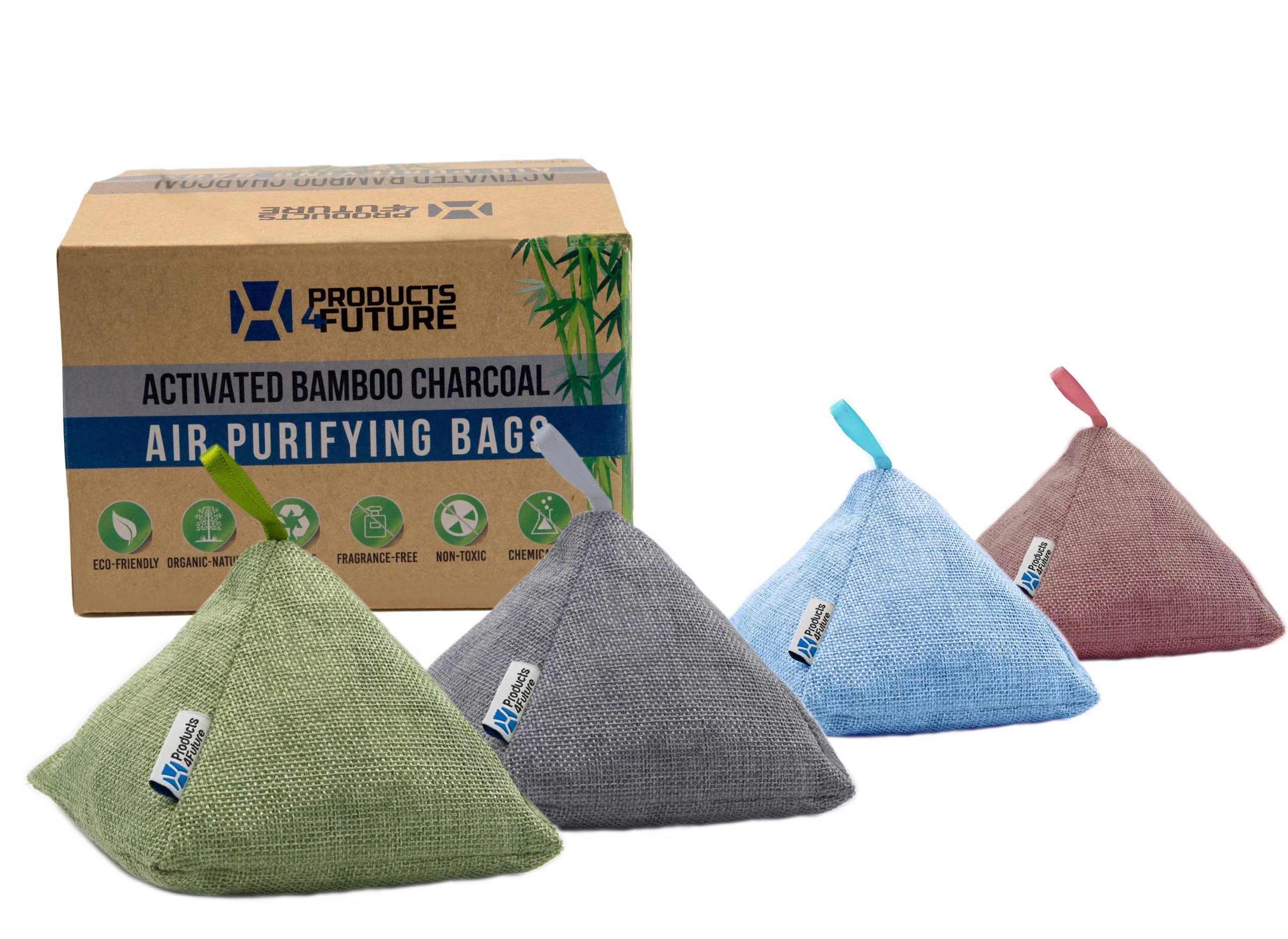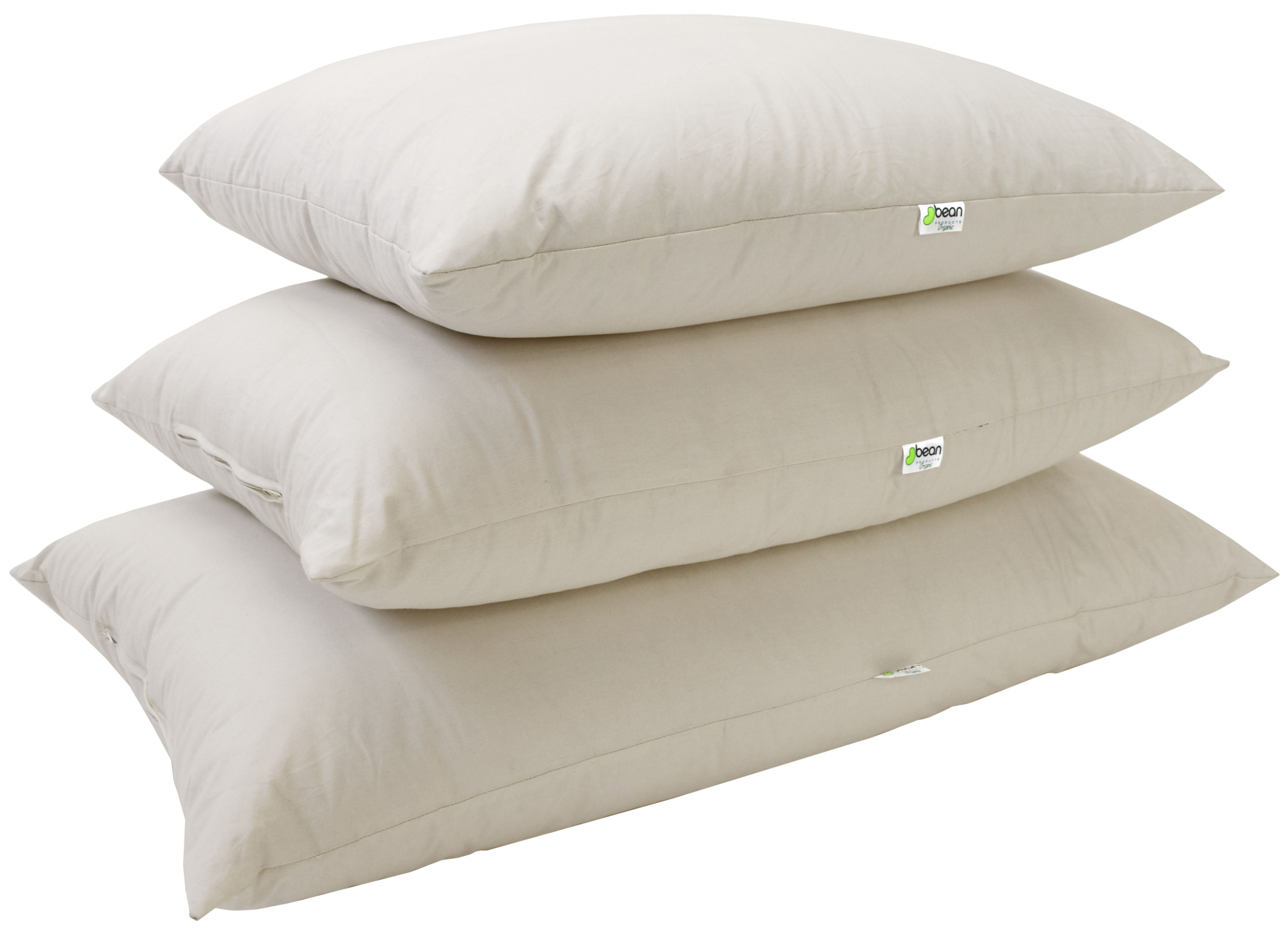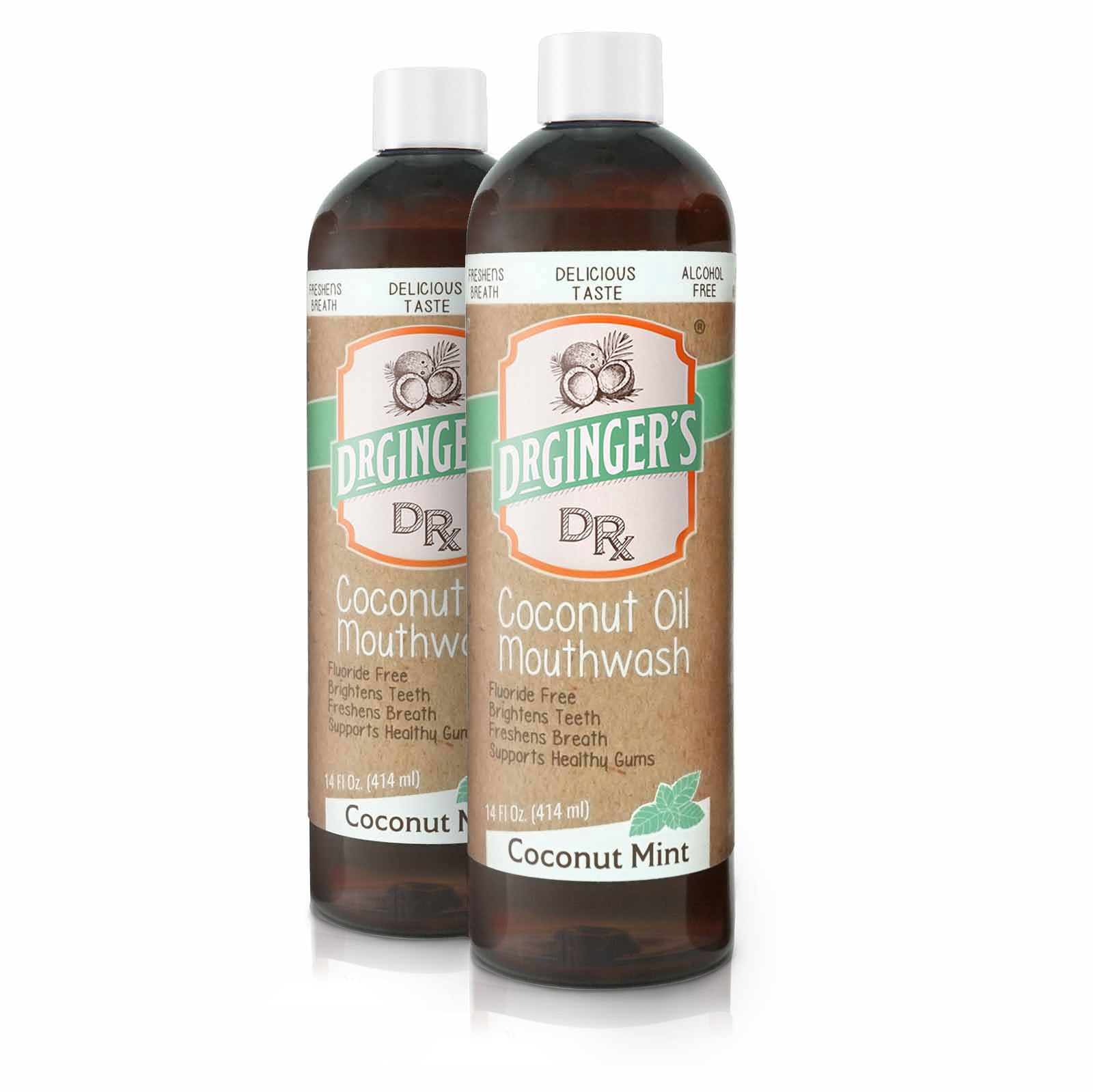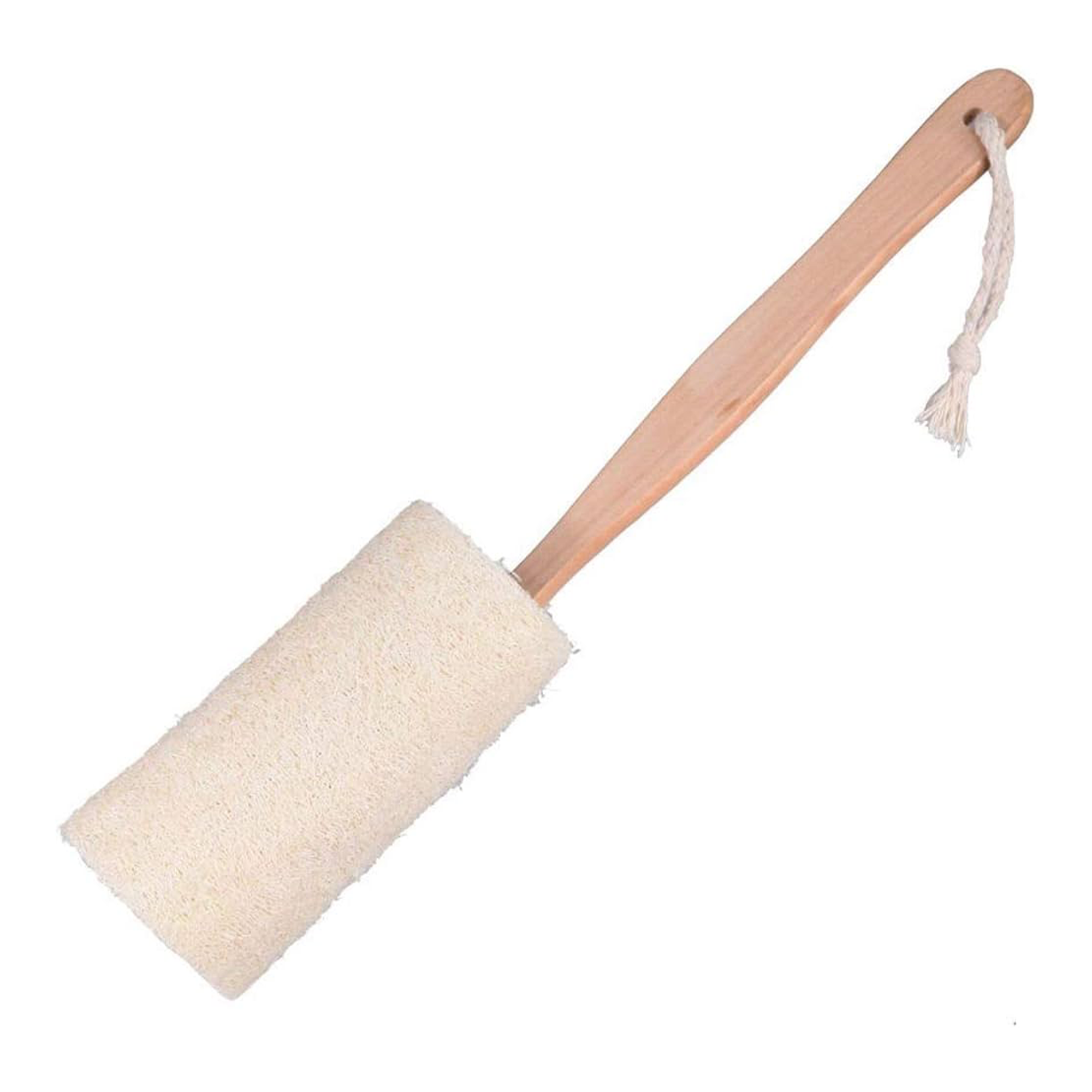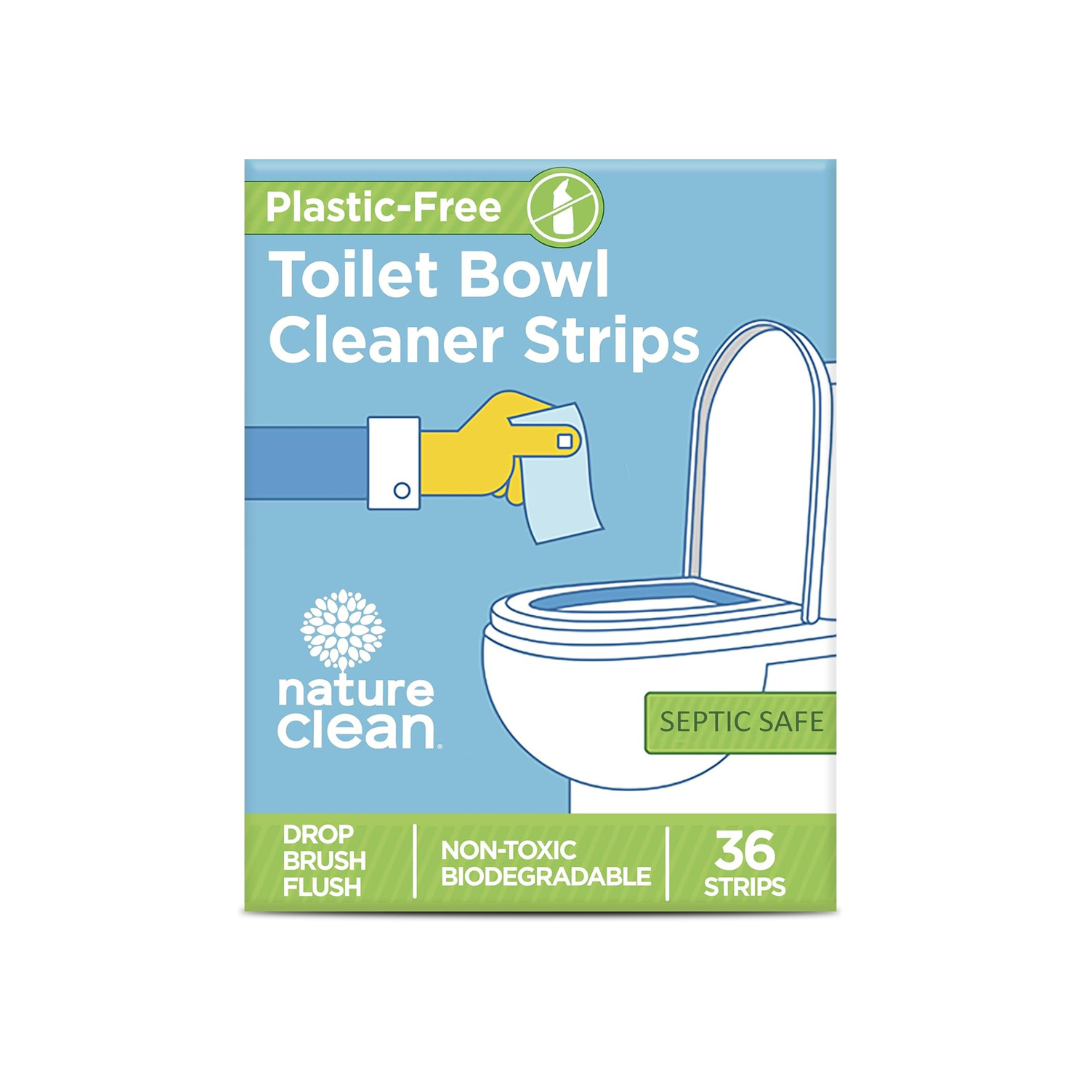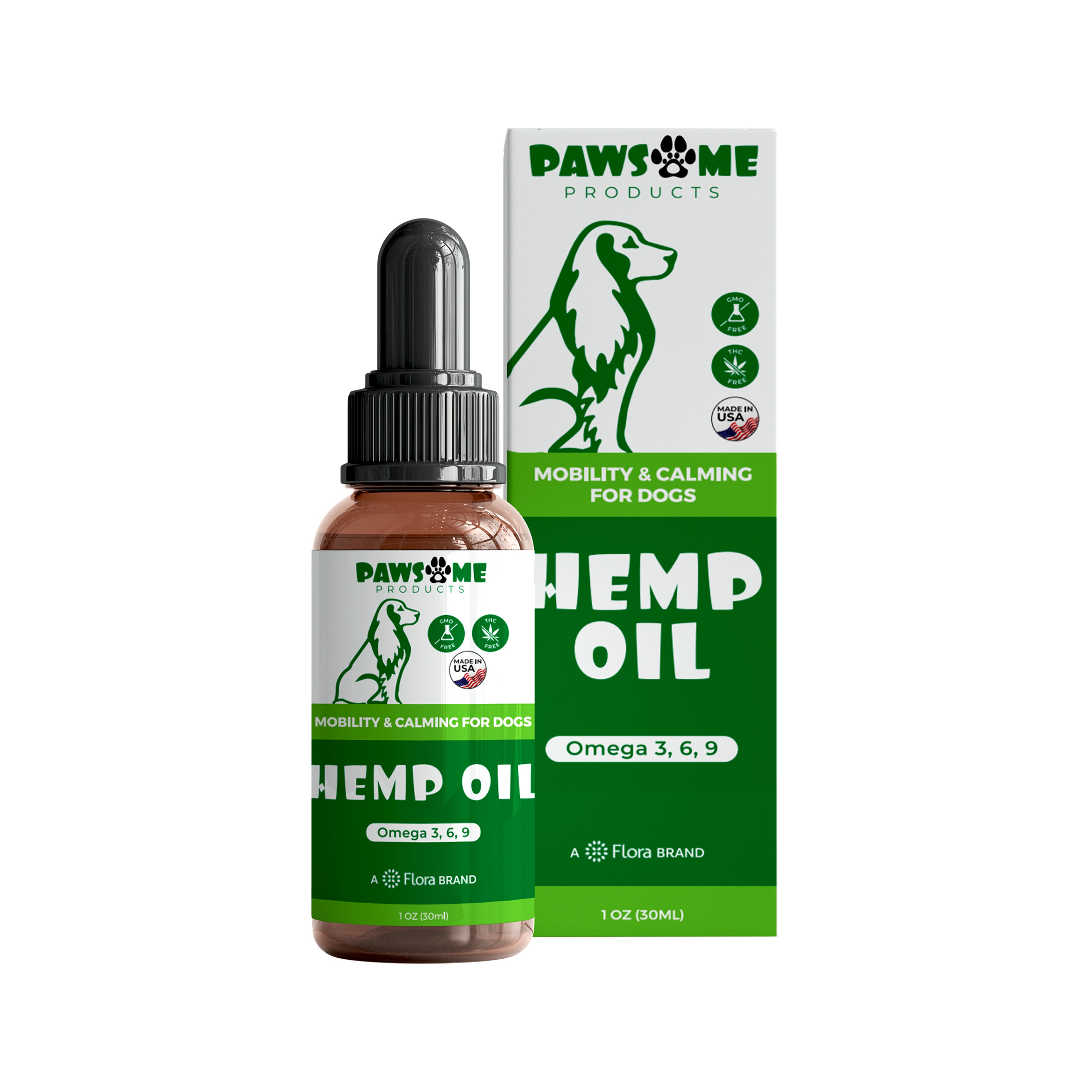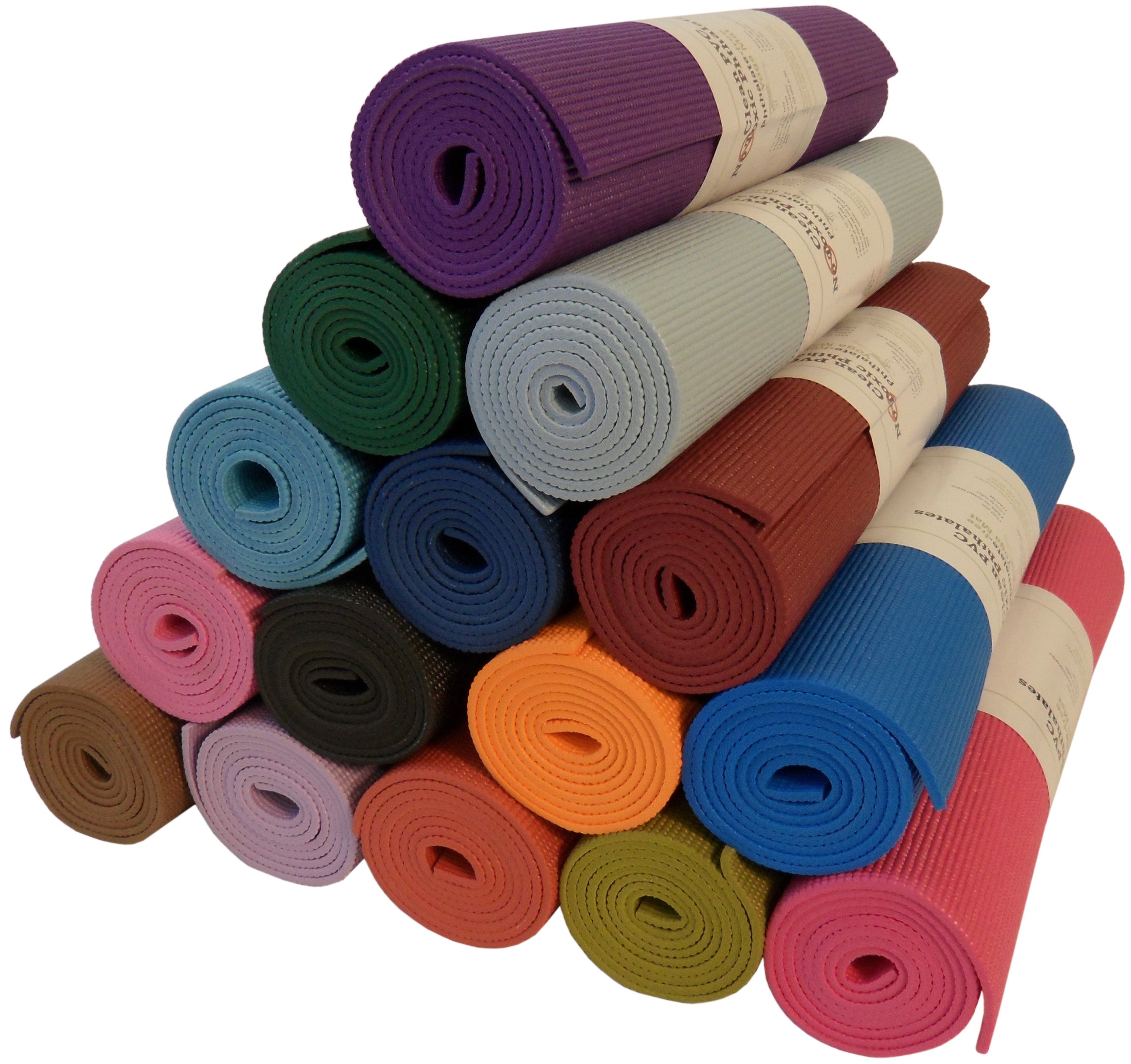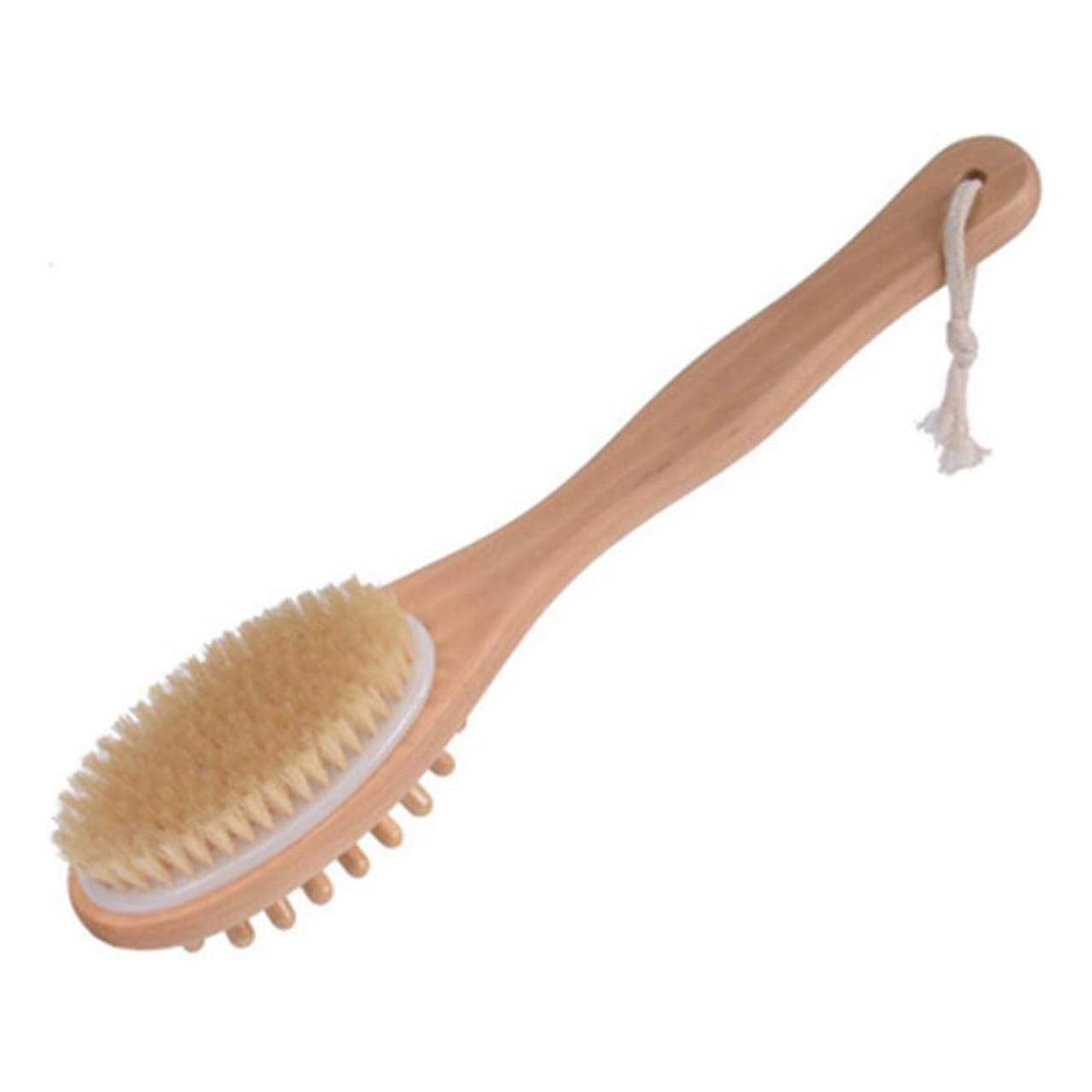Dryer sheets are commonly used in households worldwide to reduce static cling, soften fabrics, and infuse a pleasant scent into laundry. However, there are growing concerns about the safety and environmental impact of these convenient laundry aids. This comprehensive FAQ aims to address the most common questions and provide insightful alternatives for those seeking safer, greener laundry solutions.
FAQs About Dryer Sheets
Q1: What are dryer sheets made of?
A: Dryer sheets consist of a polyester substrate coated with fabric softening agents and fragrances. Common chemicals found in dryer sheets include quaternary ammonium compounds (quats), benzyl acetate, and chloroform, which are activated by the heat of the dryer and transferred to clothes.
Q2: Are there environmental concerns associated with dryer sheets?
A: Yes, environmental concerns include the non-biodegradability of polyester sheets which contribute to landfill waste. Additionally, the chemical components can evaporate, causing air pollution and potentially contaminating waterways.
Q3: Can dryer sheets pose health risks?
A: Potentially, yes. The chemicals used in many dryer sheets can cause skin irritation, respiratory issues, and other health problems, especially in individuals with sensitive skin or respiratory conditions.
Q4: What are some alternatives to traditional dryer sheets?
A:
-
Wool Dryer Balls: A reusable, natural alternative that softens fabric without chemicals.
-
DIY Fabric Softeners: Homemade solutions using vinegar and essential oils can be effective and eco-friendly.
Q5: How can I implement safer practices in my laundry routine?
A:
-
Choose Safer Products: Opt for laundry products that are fragrance-free and transparent about their ingredients.
-
Improve Drying Techniques: Utilize energy-efficient drying methods, such as using moisture-sensing settings and ensuring your dryer is not overloaded.
Q6: Are dryer sheets safe to use on all types of fabrics?
A: No, certain fabrics like microfiber, athletic wear, and flame-resistant children's clothing should avoid contact with dryer sheets. The coating from the sheets can impair the fabric's functionality and safety features.
Q7: Can the use of dryer sheets lead to respiratory problems?
A: Yes, individuals with asthma or other respiratory conditions may experience worsened symptoms due to the fragrances and chemicals emitted by dryer sheets during the drying process.
Q8: What are the signs of an allergic reaction to dryer sheets?
A: Common signs include skin rashes, itching, headaches, and respiratory difficulties that occur shortly after exposure to freshly laundered garments treated with dryer sheets.
Q9: Are there eco-friendly dryer sheet options available?
A: Yes, several brands offer biodegradable and chemical-free dryer sheets that minimize environmental impact while providing similar benefits to traditional dryer sheets.
Q10: How often should I consider alternatives to dryer sheets to see a difference in health or environmental impact?
A: Immediate changes can be noticed in indoor air quality and personal health when switching to alternative products. Long-term environmental benefits accumulate over time as fewer chemicals are released into ecosystems.
Conclusion
While dryer sheets may offer convenience and fresh-smelling clothes, their potential health and environmental impacts make it worthwhile to explore safer alternatives. By embracing eco-friendly products and practices, we can ensure our laundry habits contribute positively to our health and the planet.
Call to Action
Interested in making your laundry practices more sustainable? Visit Flora to explore our range of eco-friendly products and read more about sustainable living on our blog! Join our community and start making a difference today!




